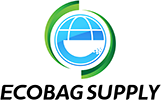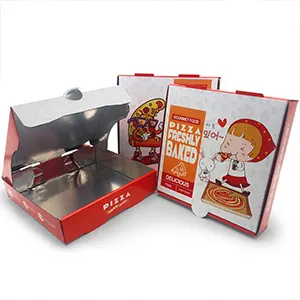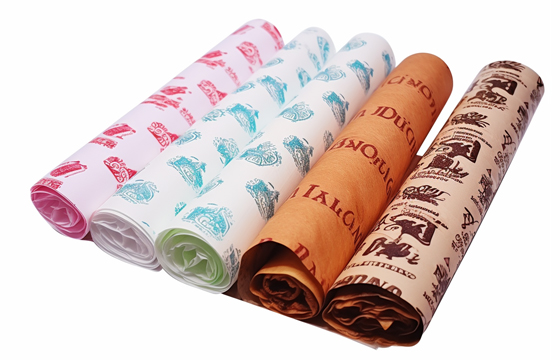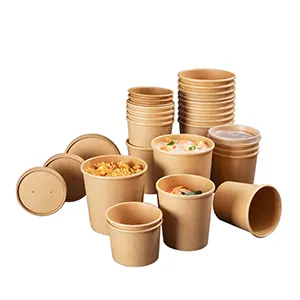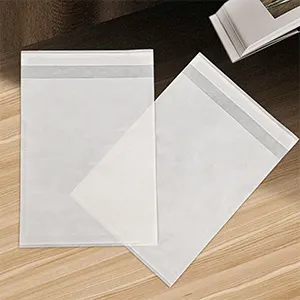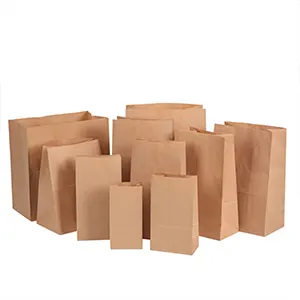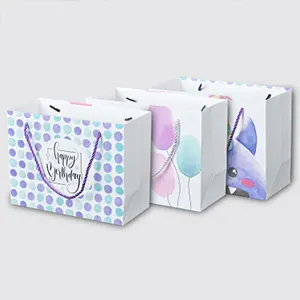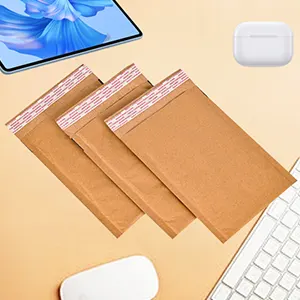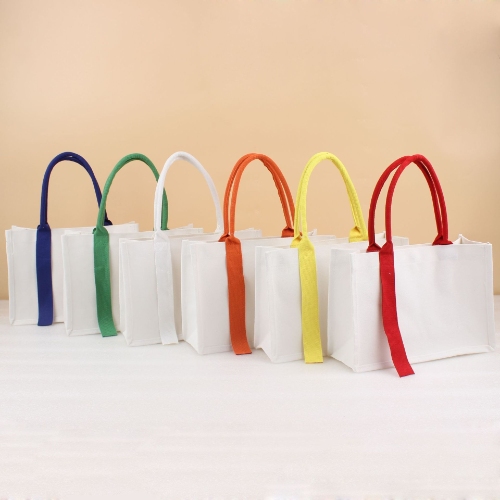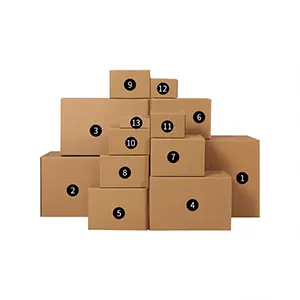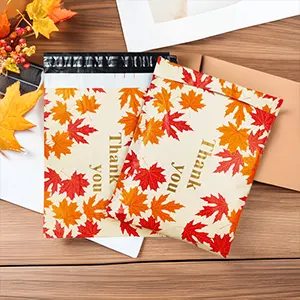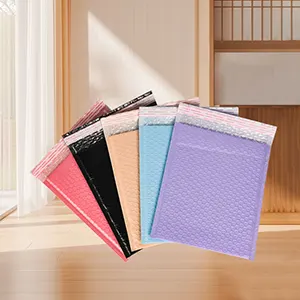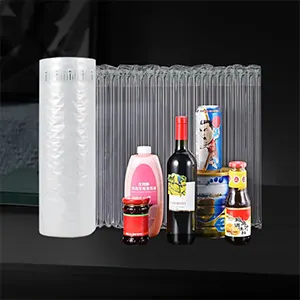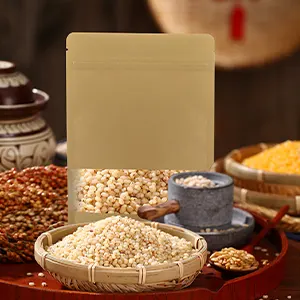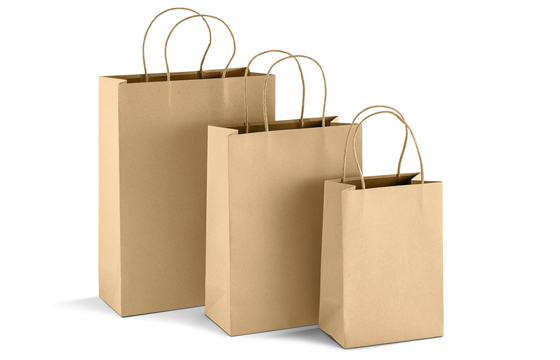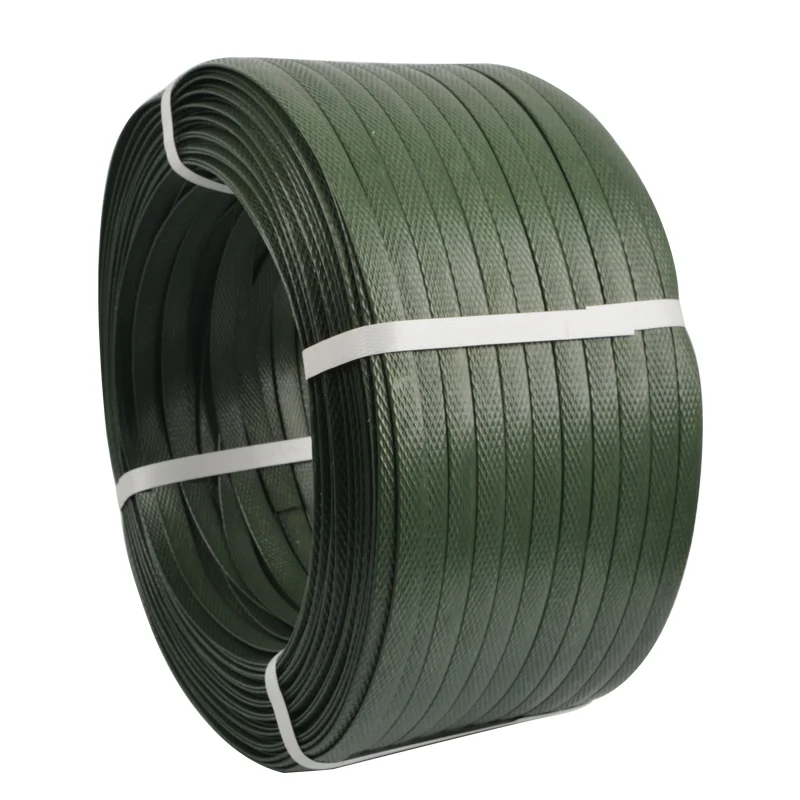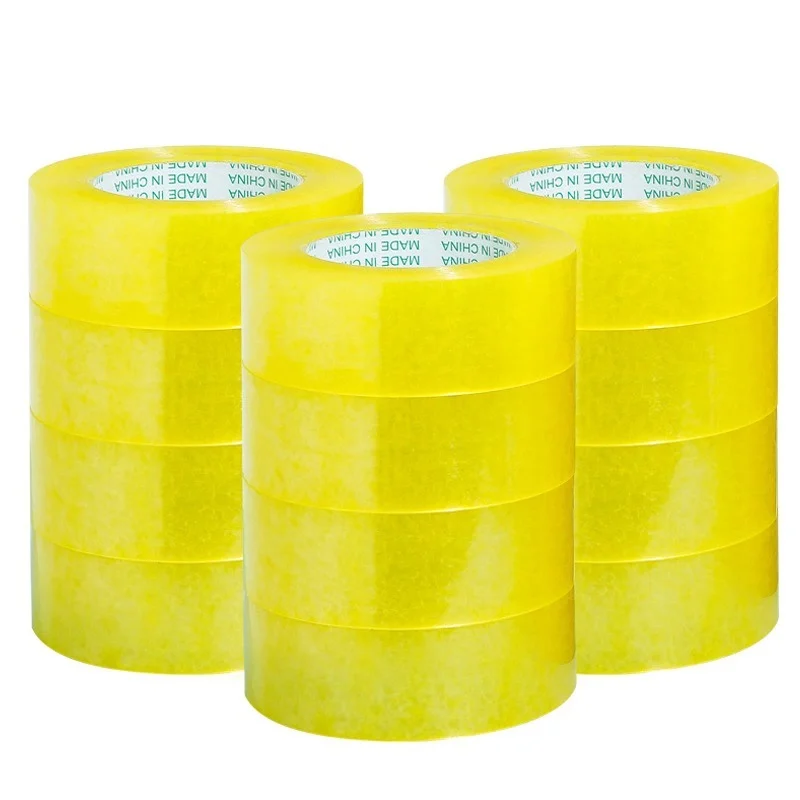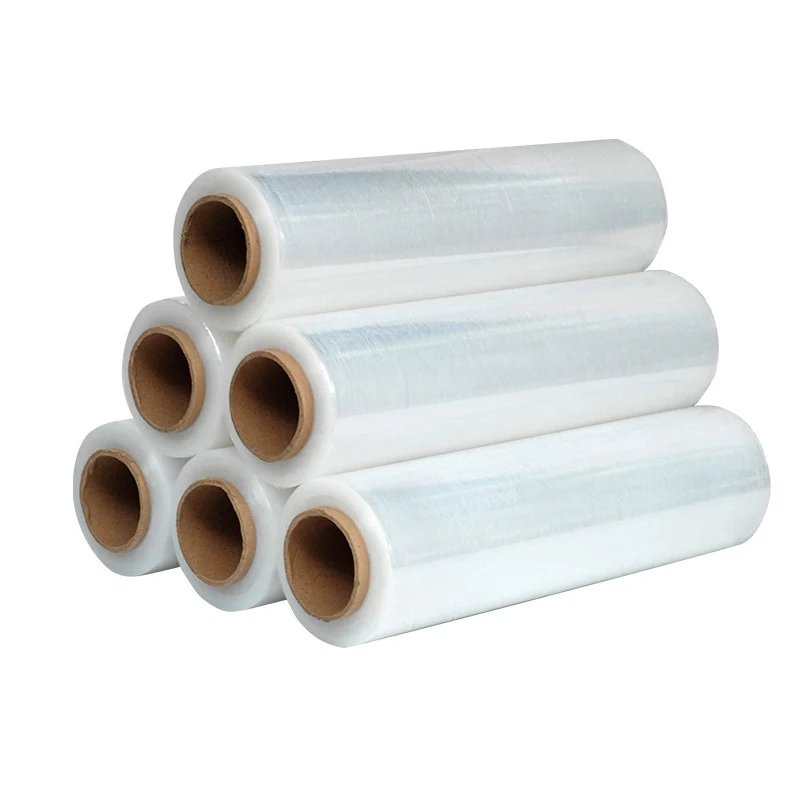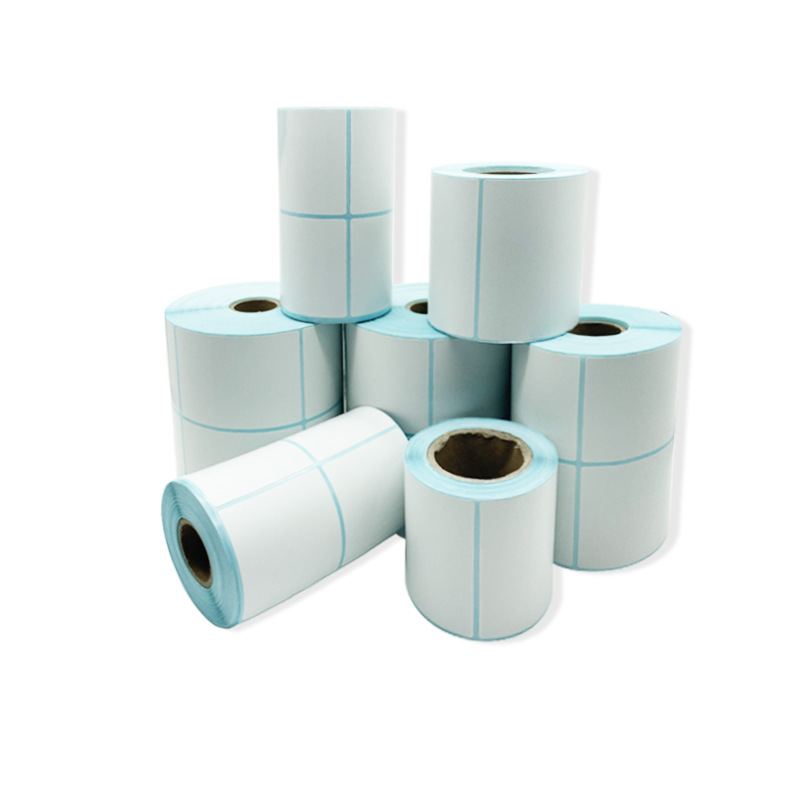The Greaseproof Paper Sheet Market: Growth Trends in Food Packaging
The greaseproof paper sheet market is a robust and rapidly expanding sector within the global food packaging industry. Once considered a simple kitchen commodity, greaseproof paper has evolved into a strategic asset for businesses, driven by powerful shifts in consumer behavior, food service models, and environmental consciousness. For caterers, restaurants, bakeries, and other food service professionals, understanding the growth trends within this market is essential for making informed purchasing decisions, enhancing brand identity, and staying ahead of the competition. This in-depth analysis will explore the key drivers, major trends, and future outlook for the greaseproof paper market, providing the critical insights that businesses need to navigate this dynamic landscape.
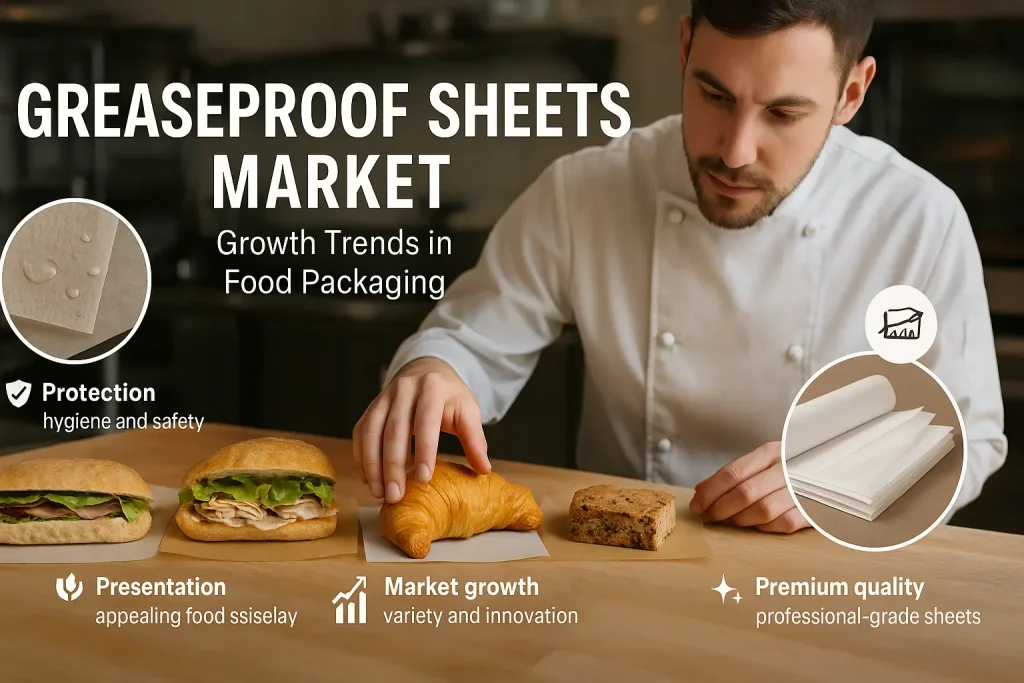
Key Drivers Fueling Market Growth
The significant growth in the greaseproof paper sheet market is not accidental. It is being propelled by a confluence of powerful, long-term trends that are reshaping the way we produce, package, and consume food. These fundamental drivers are creating a fertile ground for the expansion and innovation of paper-based packaging solutions.
Driver 1: The Global Expansion of Quick-Service Restaurants (QSRs)
The fast-food and quick-service restaurant (QSR) sector is one of the largest consumers of greaseproof paper. The global growth of this sector, driven by changing lifestyles and a demand for convenience, is a primary engine of market expansion. Every burger, sandwich, and basket of fries served by these establishments is an opportunity for a greaseproof paper application. As new QSR chains expand and existing ones grow, the demand for reliable, functional, and brandable wrapping and lining paper increases in direct proportion.
Driver 2: The Rise of the Conscious Consumer and Demand for Sustainability
Perhaps the most powerful driver of all is the global shift in consumer consciousness towards sustainability. Consumers are increasingly aware of the environmental impact of their purchasing decisions. They are actively rejecting single-use plastics and are showing a strong preference for brands that use eco-friendly, paper-based packaging. Greaseproof paper, being biodegradable, compostable, and sourced from a renewable resource, is perfectly positioned to meet this demand. This "green" movement is forcing businesses to reconsider their packaging choices, driving a massive migration towards sustainable options like greaseproof paper.
Driver 3: Heightened Focus on Food Safety and Hygiene Standards
Food safety has always been a top priority in the food service industry, but consumer awareness of hygiene has reached an all-time high. Single-use, food-grade packaging is seen as a crucial component of a safe and sanitary food experience. Greaseproof paper provides a clean, certified, and disposable barrier that protects food from contamination and direct contact. This focus on hygiene is a significant driver, especially in the takeaway and delivery markets, where food is handled multiple times before it reaches the consumer.
Driver 4: The "Experience Economy" and the Importance of Branded Packaging
Modern consumers are not just buying a product; they are buying an experience. In the age of social media, the visual presentation of a product is a critical part of that experience. This has led to the rise of custom-printed and beautifully designed packaging. Businesses are no longer just wrapping their food; they are creating a branded "unboxing" moment. Greaseproof paper, with its excellent printability and versatile aesthetic, has become a primary canvas for this type of brand storytelling, turning a simple wrapper into a powerful marketing tool.
Market Segmentation: A Detailed Breakdown
The greaseproof paper sheet market is diverse, serving a wide range of needs. To understand the trends, it is helpful to break the market down into its key segments. These segments are based on the product's material, format, application, and the type of end-user.
Segmentation by Paper Type: Unbleached Kraft vs. Bleached White
The market is fundamentally divided by the type of paper pulp used. Bleached white greaseproof paper is the classic, traditional choice. It offers a clean, bright, and hygienic look, and it provides a perfect, high-contrast canvas for vibrant color printing. Unbleached brown kraft paper is the challenger, and its market share is growing rapidly. It offers a rustic, artisanal, and natural aesthetic that strongly appeals to the eco-conscious consumer.
Segmentation by Format: Pre-Cut Sheets Dominating the Commercial Sector
The product is available in two main formats. Rolls are the traditional format for the residential market, offering flexibility for a variety of tasks. However, in the commercial sector, pre-cut sheets are the dominant format. The convenience and time-saving efficiency of ready-to-use sheets are essential in a fast-paced professional kitchen. This segment is further broken down by sheet size, from small squares to large, full-sheet pan liners.
Segmentation by End-User: The Needs of Caterers, Bakeries, and Retail
The market can also be segmented by the type of business using the product. The needs of a high-volume caterer are different from those of a small, artisanal bakery. The retail segment, which serves home cooks through supermarkets, has its own set of requirements focused on smaller pack sizes and convenience. The commercial segment is the largest and is the primary focus of most major manufacturers.
Growth Trend 1: The Sustainability Revolution
The most significant and transformative trend in the greaseproof paper sheet market is the powerful move towards sustainability. This is more than just a trend; it is a fundamental reshaping of the industry's priorities, driven by consumer demand and increasing environmental regulation.
The Market Shift Away from Single-Use Plastics
For many years, some food items were wrapped in plastic-lined papers or placed in plastic containers. The powerful public backlash against single-use plastics has created a massive opportunity for paper-based alternatives. Greaseproof paper is a direct beneficiary of this shift. Businesses are actively replacing their plastic packaging with paper-based solutions to meet consumer expectations and to improve their environmental image.
The Demand for Compostable and Biodegradable Solutions
It is no longer enough for packaging to simply be "not plastic." Consumers are now looking for products that are truly circular. This means they are biodegradable and, ideally, compostable. Greaseproof paper, being made from natural wood pulp, is fully biodegradable. Many types are also certified as compostable, meaning they can break down in an industrial composting facility and return nutrients to the soil. This is a major selling point in the current market. For a general overview of food-safe papers, the Parchment paper page offers some useful context.
The Role of FSC and PEFC Certifications in Consumer Trust
To add credibility to their sustainability claims, manufacturers are increasingly seeking third-party certifications. The most respected of these are from the Forest Stewardship Council (FSC) and the Programme for the Endorsement of Forest Certification (PEFC). These certifications guarantee that the wood pulp used to make the paper is sourced from forests that are managed in an environmentally sound, socially beneficial, and economically viable manner. The presence of these logos on the packaging is a powerful symbol of trust for consumers.
Growth Trend 2: The Customization and Branding Boom
The second major growth trend is the increasing demand for custom-printed greaseproof paper. As the food market becomes more competitive, businesses are recognizing that packaging is a key battleground for winning customer attention and loyalty.
Packaging as a Key Differentiator
In a crowded market, custom packaging is one of the most effective ways to differentiate a brand. A unique, custom-printed wrapper makes a product instantly recognizable and sets it apart from generic competitors. It turns a simple food item into a distinct brand experience. This is a critical strategy for building a memorable brand.
Technological Advances in Food-Safe Printing
This trend has been enabled by advances in printing technology. Modern flexographic presses can produce incredibly sharp, detailed graphics in a wide range of colors. The most important innovation has been the development of high-quality, certified, non-toxic food-safe inks. These water-based and soy-based inks have made it completely safe to print intricate designs on paper that will be in direct contact with food.
The Move from Simple Logos to Complex, Artistic Designs
The trend is now evolving beyond just printing a simple logo. Businesses are using their greaseproof paper as a canvas for full-blown artistic expression. This can include custom patterns, beautiful illustrations, or clever typographic designs that tell the brand's story. This turns the packaging into a piece of art that enhances the overall customer experience.
Growth Trend 3: Innovation in Performance and Functionality
The third key growth trend is the continuous innovation in the performance and functionality of the paper itself. Manufacturers are in a constant race to develop new products that offer enhanced features, making them more versatile and efficient.
Development of Papers with Higher Heat Resistance
While standard greaseproof paper has a good heat tolerance for most baking, there is a growing demand for papers that can withstand even higher temperatures. This is blurring the lines between traditional greaseproof paper and silicone-coated parchment paper. Manufacturers are developing new refining techniques and adding non-silicone, food-safe coatings to create greaseproof papers that are suitable for a wider range of high-heat cooking applications.
Enhanced Barrier Properties
Another area of innovation is in improving the paper's barrier properties. This includes developing papers that are not just grease-resistant but also have a higher degree of water or moisture resistance. This would make them suitable for wrapping wetter food items without losing their strength.
The Rise of Specialty and Die-Cut Sheets
As we have discussed, convenience is a major driver. This is leading to a growth in the market for specialty, pre-cut sheets. This includes die-cut sheets that are shaped to fit specific containers, like pizza boxes or round tins. It also includes innovative formats like "pockets" or "bags" made from greaseproof paper. These value-added products save time and labor in a professional kitchen.
The Competitive and Distribution Landscape
The greaseproof paper sheet market is a complex global network of manufacturers, distributors, and retailers. Understanding this landscape is key for any business looking to source the product effectively.
The Role of Large-Scale Paper Manufacturers
The market is dominated by a number of large, multinational paper and pulp companies. These are the giants that have the massive industrial facilities required to produce the paper at scale. They are the primary source of innovation in the industry.
The Importance of Regional and Local Distributors
These large manufacturers typically do not sell directly to end-user businesses. Instead, they sell their products to a network of regional and local distributors. These distributors, such as restaurant supply wholesalers, are the crucial link in the supply chain. They buy the paper in massive quantities and then sell it in smaller, more manageable amounts (like cases) to local cafes, bakeries, and restaurants.
The Impact of E-commerce and Online Marketplaces
The rise of e-commerce has had a major impact on the distribution landscape. Online marketplaces now allow businesses to buy directly from a huge range of sellers from all over the world. This has increased price competition and has given businesses access to a much wider selection of products. Sourcing from large e-commerce platforms is now a common strategy.
The Retail Segment
The retail segment, which consists of large supermarket chains and grocery stores, serves the home user market. While the volume is smaller, this is a highly competitive segment where branding and convenience are key. The trends in the retail market often provide a good indication of broader consumer preferences.
What These Trends Mean for Food Businesses
For a caterer or a restaurant owner, these market trends are not just abstract concepts. They have real-world, strategic implications for their business. Staying ahead of these trends can provide a significant competitive advantage.
Here are the key strategic takeaways for food businesses:
- Embrace Sustainability: Make eco-friendly packaging a core part of your brand. It is what modern customers expect.
- Invest in Your Brand: Do not view custom packaging as a cost. View it as a powerful and cost-effective marketing investment.
- Prioritize Efficiency: Look for packaging solutions, like pre-cut and pop-up sheets, that can save your staff time and reduce your labor costs.
- Build a Strong Supplier Relationship: A reliable and knowledgeable supplier is a key partner. Find one who understands these trends and can help you to navigate them.
Final Thoughts
The greaseproof paper sheet market is a vibrant and growing industry that is at the heart of modern food packaging. Its growth is being fueled by some of the most powerful trends in our society: the demand for convenience, the urgent need for sustainability, and the desire for authentic brand experiences. For caterers and other food service professionals, greaseproof paper is no longer a simple commodity. It is a strategic tool. By understanding the trends shaping this market and by making conscious, informed choices about the paper they use, businesses can not only improve their operations but also build a stronger, more resonant, and more successful brand.
JERL has been working hard on the road of custom packaging. Next time when you feel the need to impress someone with your brand, think of JERL Packaging!
